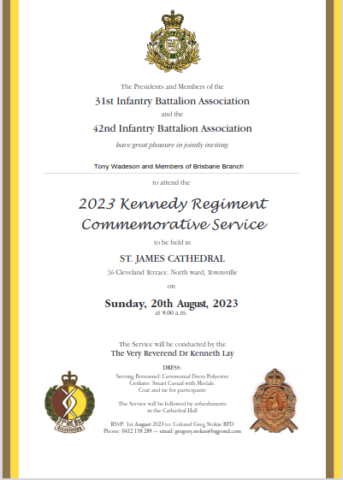
Annual Commemorative Church Service – Townsville – 2023


Association Member, and regular contributor Mick James reports that seven more diggers have been identified and as a result of the untiring efforts Lambis Englazos AM (Search this website – Lambis Englezos AM – for the story of the missing 250 soldiers) will have newly named Headstones unveiled at the 107th Anniversary of the Battle of Fromelles to be held at the Pheasant Wood Military Cemetery at Fromelles on 19th July 2023. Special mention is made of No 1537 Pte Walter Allen GRACE who was a member of our own 31st Battalion.
Our Honorary Association member in France, Pierre Seillier has created the plaques shown below and has included information from the CWGC website on the location of the graves of 6 of the 7 new soldiers identified in the Fromelles Pheasant Wood Military Cemetery:
–
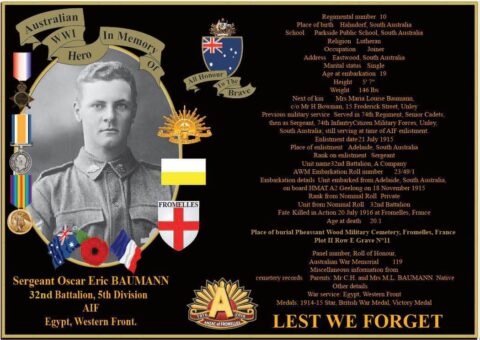
–
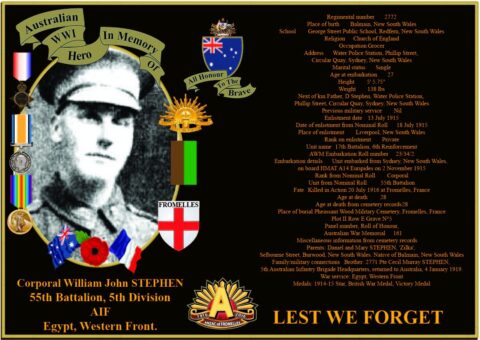
–
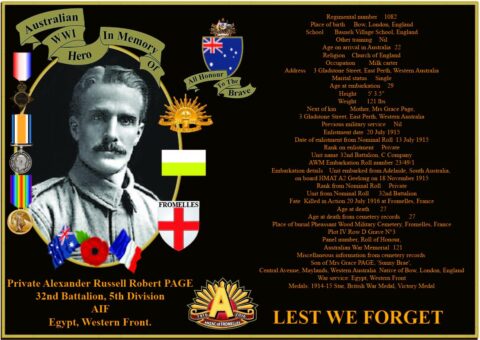
–
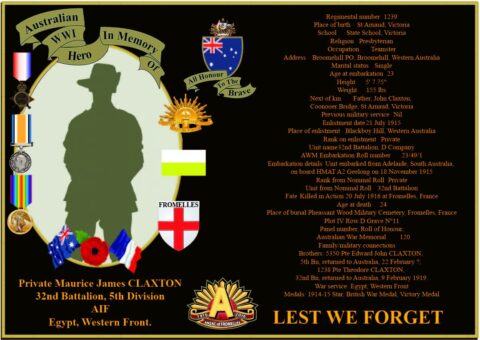
–
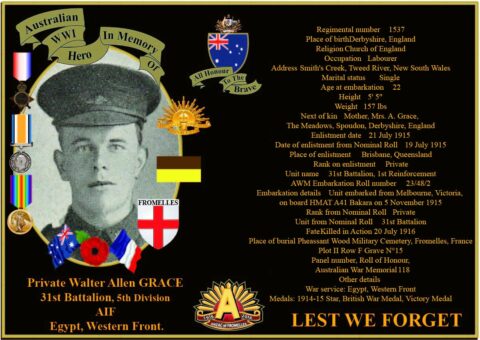
–
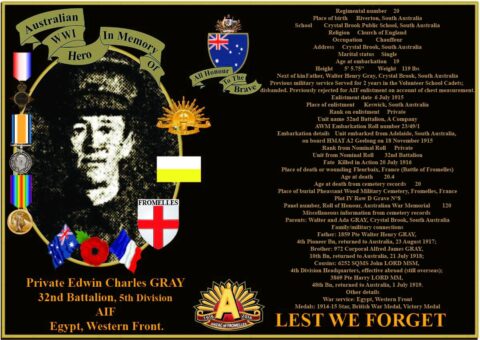
–
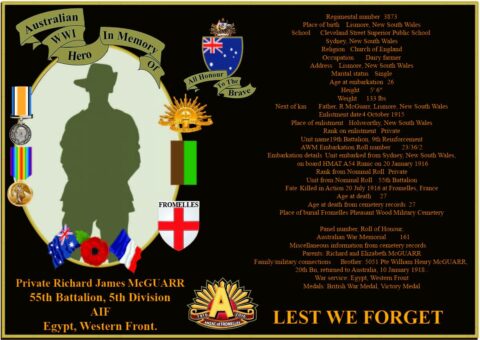
–
–
OSCAR ERIC BAUMANN Sergeant Service Number: 10 – 32nd Bn .II. E. 11
–
WILLIAM JOHN STEPHEN Corporal Service Number: 2772 – 55th Bn .II. E. 5
–
ALEXANDER RUSSELL ROBERT PAGE Private Service Number: 1082 – 32nd Bn .IV. D. 3
–
MAURICE JAMES CLAXTON PrivateService Number: 1239 – 32nd Bn .IV. D. 11
–
WALTER ALLEN GRACE PrivateService Number: 1537 – 31st Bn .II. F. 15
–
EDWIN CHARLES GRAY Private Service Number: 20 – 32nd Bn .IV. D. 8
–
RICHARD JAMES McGUARR Private Service Number: 3873 – 55th Bn
Richard McGuarr’s information is yet to be updated and is still listed as commemorated in .V.C. CORNER AUSTRALIAN CEMETERY AND MEMORIAL, FROMELLES Panel 13.
LEST WE FORGET.
—
Over the past few years the 31st Battalion Association commemoration of the Battle of Fromelles has been held at Ipswich Cemetery. This year it will be held at the Ipswich Soldiers Memorial Hall in the centre of Ipswich on 19th July at 11am.
–
Our Honoured Special Guest for the occasion will be Dame Quentin Bryce AD CVO
–
The Soldiers Memorial Hall is at 63 Nicholas St Ipswich Queensland.
The Ipswich City Council 3 hr free Car Park is 800M away.
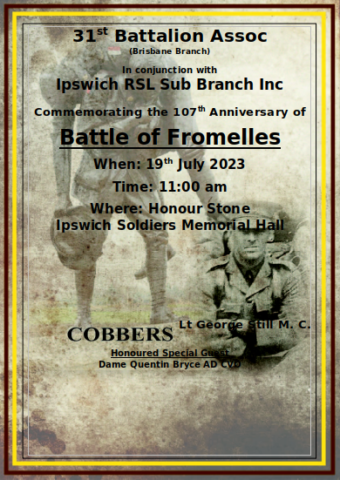
Our Melbourne based 31st Battalion Assoc. Member Brian Mullarvey, represened the Association at the ANZAC Day – Dawn Service at the Box Hill RSL – Victoria.
–
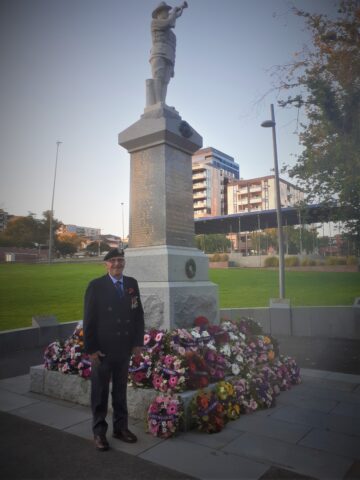
At the head of the 31st Battalion Association Anzac Day 2023 march in Brisbane were the banners of the 31 Bn Association, the 2/31 st Battalion and the 31/51 st Battalion. Banner bearers had to battle a stiff breeze as they marched along Adelaide Street.
As usual, prior to the main Brisbane March, a small ceremony was held at the Memorial in South Bank to commemorate the 2/31st Battalion AIF.
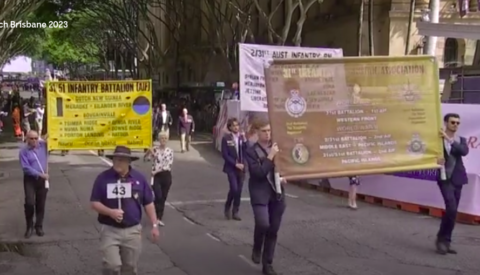
–
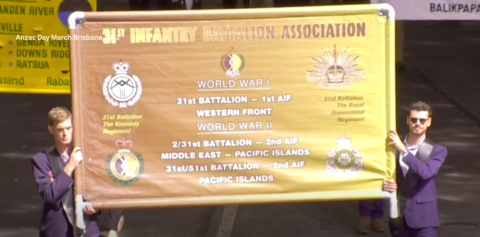
–
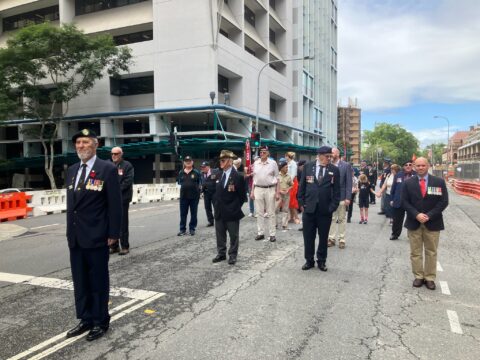
–
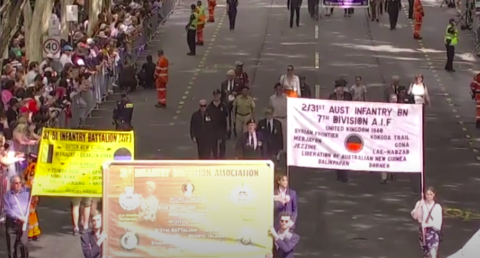
–
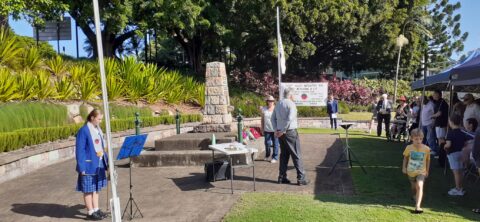
Service at South Bank Memorial prior to the main Brisbane March
–
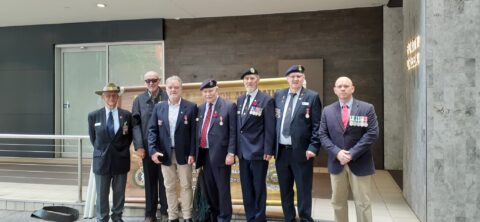
–
—
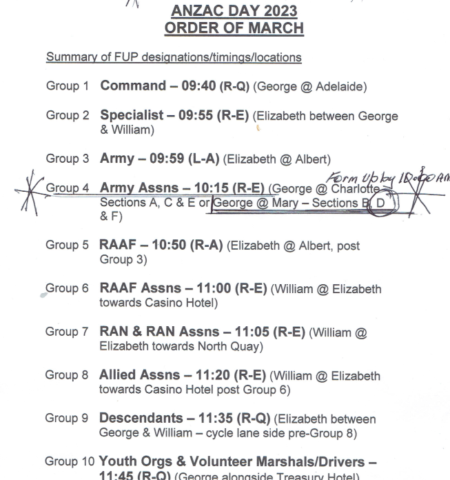
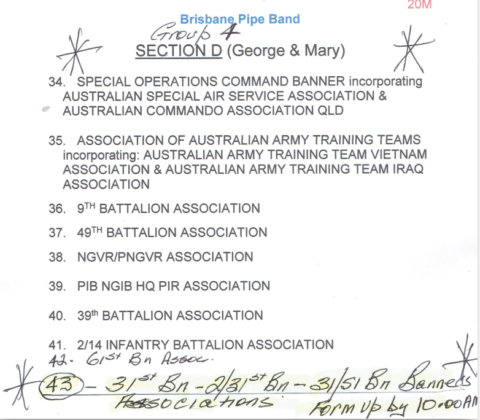
“I congratulated Cate Walker & Katrina Trevethan on the Australian Remembrance Army Facebook page. They have done an outstanding job in forming the Group, applying for the Grant, researching all the Personnel files, tracing relatives where possible, organising the production of the Plaques, composing the script on the Plaques in conjunction with relatives, where possible, and affixing the plaques to the concrete beams. They started in late 2020, laid the first plaque in August 2022 and probably won’t finish until some time in 2024. They deserve our sincere Congratulations, and encouragement & support to complete the Project. Thanks again Cate & Katrina .
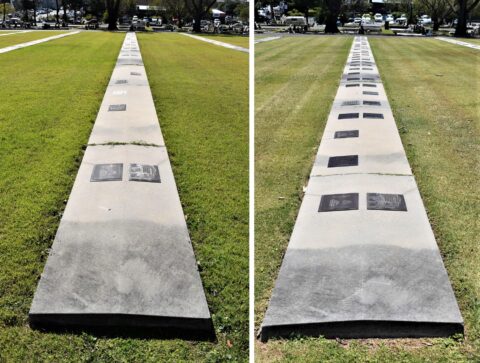
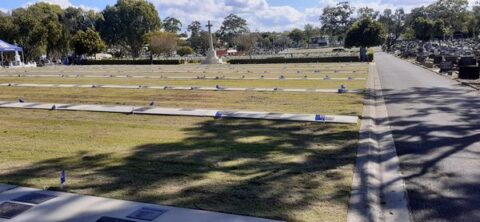
Members Plaques attached to Concrete Beams in Lutwyche Cemetery
–
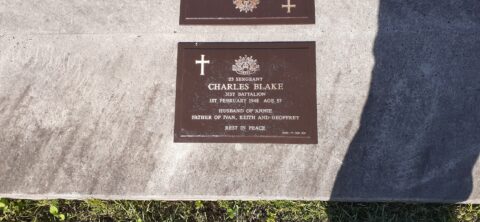
–

–
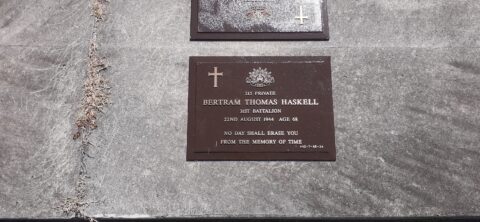 –
–
–
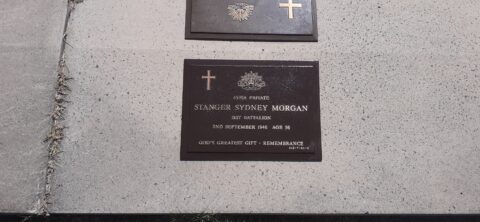
–
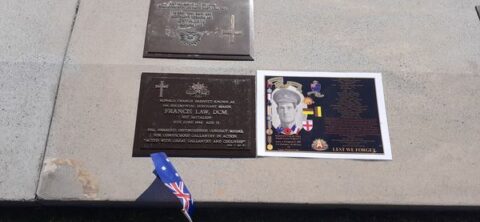
Members of 31st Battalion including RSM Francis Law DCM with the Tribute
Created by our Honorary Member in France Pierre Seillier
–
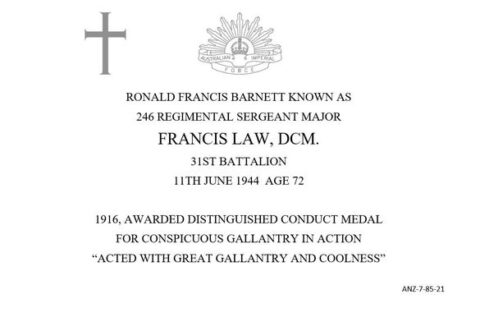
The Citation for Francis Law states –
“For conspicuous gallantry in action. He showed great determination on the right flank, and,
with about 10 men, attacked an enemy’s machine gun position, captured the gun,
and brought it back to the main position, where he held on all night. “
—
The “Texas Terror” commemoration was held in Ingham on Sunday 18th December 2022. This commemoration is held yearly in remembrance of the lives lost when a WW2 B24 Liberator aircraft of the US Air Force designated the “Texas Terror” crashed into the summit of Mt Straloch on Hinchinbrook Island on 18th December 1942 during a fierce tropical storm. It was on its way to Iron Range on Cape York , having just departed Garbutt Airbase Townsville after picking up passengers.
–
The ceremony is organized by President of the Ingham branch of the Association by Felix Reitano and fellow members of the Association..
–
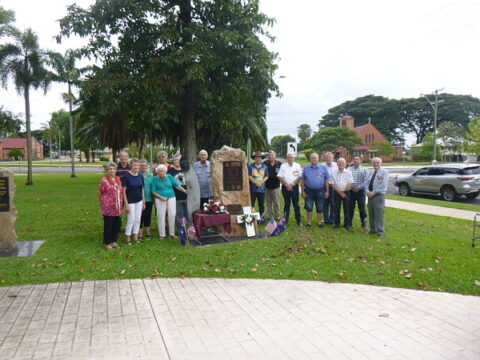
“Texas Terror” Commemoration – 2022
–
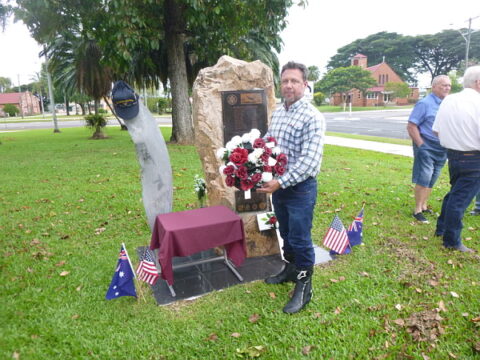
–
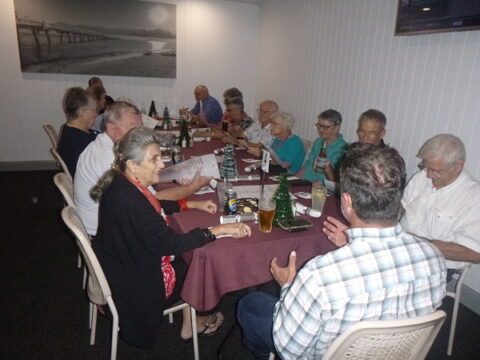
A gathering of members after the Commemoration Ceremony
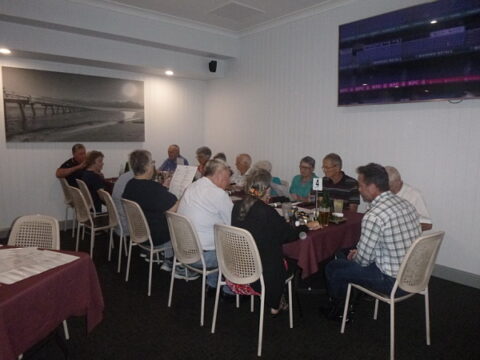
–
Association Member, Tim Lewis, has unearthed a newspaper clipping of the handover of the 31st Battalion Flag from WW1 to the Army Museum North Queensland . The article dates back to 2010 when president of the 2/31st Battalion Association, Ken Gladstone and five other veterans of WWII travelled to Townsville to present the WW1, 31st Battalion Flag and the 2/31st Battalion Banner from WWII, to the Museum which is based at Jezzine Barracks, Townsville.
–
The 31st Battalion has served continuously in one form or another since 1886. In its current form is now known as:
The 31st/42nd Battalion The Royal Queensland Regiment.
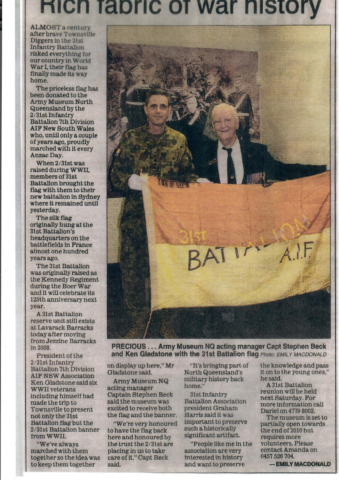
–
Vet Affairs Minister , Hon Matt Keogh announced today that 2 soldiers who fought at Fromelles have been identified.
They are:
No 1537 Walter Allen Grace of 31st Bn and
No 20 Edwin Charles Gray of 32nd Bn.
They will have new grave headstones next year at Pheasant Wood Military Cemetery at Fromelles.
–
Another digger who was one of 5 discovered in 2006 at Zonnebeke and reburied at the British Buttes Cemetery has also been named. He is Pte Thomas Allen Gibbens of 29th Bn.
Thanks to our friend and chief driving force behind the finding and identification of the lost diggers of Fromelles Lambis Englezos AM for the good news.
–
Lest We Forget.
–
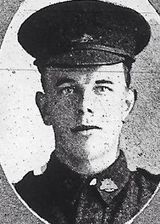
Walter Allen Grace – 31 Battalion
–